Hyundai Kona vs Peugeot Rifter – Which model is better for everyday use?
Everyday use, family trips or long-distance drives – here’s where the differences show.
Discover whether Hyundai Kona or Peugeot Rifter fits your lifestyle better.
Here’s where it gets real: The technical differences in detail
Costs and Efficiency: Looking at overall running costs, both models reveal some interesting differences in everyday economy.
Hyundai Kona has a barely noticeable advantage in terms of price – it starts at 23100 £, while the Peugeot Rifter costs 23800 £. That’s a price difference of around 763 £.
Fuel consumption also shows a difference: the Hyundai Kona manages with 4.60 L and is therefore evident more efficient than the Peugeot Rifter with 5.60 L. The difference is about 1 L per 100 km.
In terms of energy consumption, the advantage goes to the Hyundai Kona: with 14.60 kWh per 100 km, it’s clearly perceptible more efficient than the Peugeot Rifter with 18.30 kWh. That’s a difference of about 3.70 kWh.
As for range, the Hyundai Kona performs clearly perceptible better – achieving up to 514 km, about 175 km more than the Peugeot Rifter.
Engine and Performance: Power, torque and acceleration are the classic benchmarks for car enthusiasts – and here, some clear differences start to show.
When it comes to engine power, the Hyundai Kona has a noticeable edge – offering 218 HP compared to 136 HP. That’s roughly 82 HP more horsepower.
In acceleration from 0 to 100 km/h, the Hyundai Kona is evident quicker – completing the sprint in 7.80 s, while the Peugeot Rifter takes 10.80 s. That’s about 3 s faster.
In terms of top speed, the Hyundai Kona performs to a small extent better – reaching 210 km/h, while the Peugeot Rifter tops out at 184 km/h. The difference is around 26 km/h.
There’s also a difference in torque: the Peugeot Rifter pulls to a small extent stronger with 300 Nm compared to 265 Nm. That’s about 35 Nm difference.
Space and Everyday Use: Beyond pure performance, interior space and usability matter most in daily life. This is where you see which car is more practical and versatile.
Seats: Peugeot Rifter offers noticeable more seating capacity – 7 vs 5.
In curb weight, the Hyundai Kona is to a small extent lighter – 1370 kg compared to 1561 kg. The difference is around 191 kg.
In terms of boot space, the Peugeot Rifter offers significantly more room – 1050 L compared to 466 L. That’s a difference of about 584 L.
In maximum load capacity, the Peugeot Rifter performs convincingly better – up to 3500 L, which is about 2200 L more than the Hyundai Kona.
When it comes to payload, Peugeot Rifter clearly perceptible takes the win – 814 kg compared to 490 kg. That’s a difference of about 324 kg.
Our conclusion: The Hyundai Kona proves to be slightly ahead and thus becomes our DriveDuel Champion!
Overall, Hyundai Kona is the better all-rounder in this comparison.
Hyundai Kona
The Hyundai Kona blends a bold design with a versatile interior, making it a standout choice in the compact SUV market. Its crisp handling and responsive steering provide an engaging driving experience, whether in the city or on the open road. The vehicle also offers a range of features designed to enhance comfort and connectivity, ensuring a pleasurable journey for both driver and passengers.
details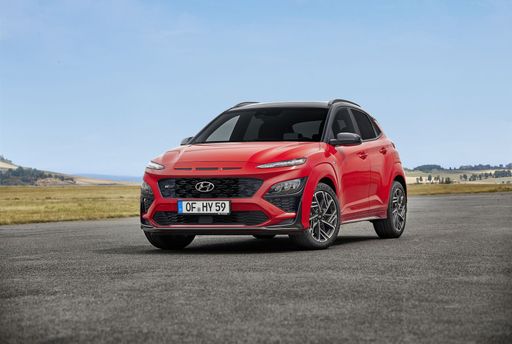 @ hyundai.news
@ hyundai.news
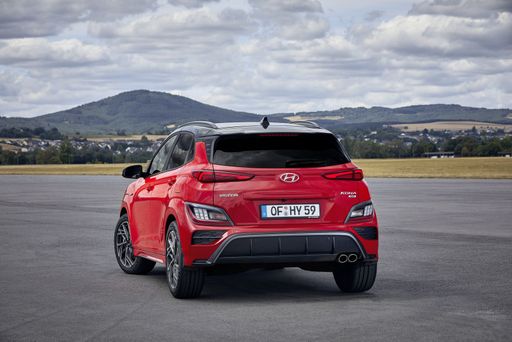 @ hyundai.news
@ hyundai.news
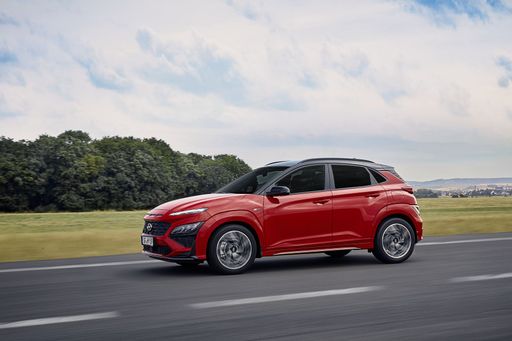 @ hyundai.news
@ hyundai.news
 @ hyundai.news
@ hyundai.news
Peugeot Rifter
Der Peugeot Rifter beeindruckt mit seinem robusten Design und seiner hohen Vielseitigkeit, die ihn ideal für Familien und Outdoor-Abenteuer macht. Der Innenraum ist geräumig gestaltet und bietet zahlreiche innovative Technologien, die den Komfort und die Sicherheit der Insassen erhöhen. Zudem überzeugt der Rifter mit seiner hervorragenden Fahrdynamik, die sowohl in der Stadt als auch auf längeren Strecken für ein angenehmes Fahrerlebnis sorgt.
details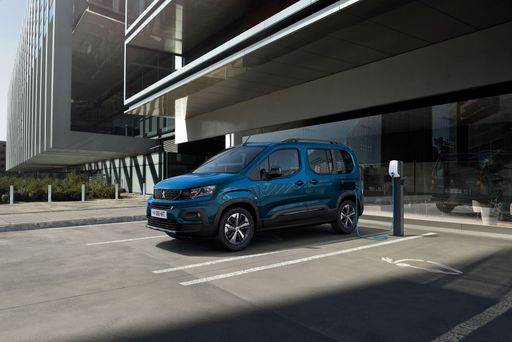 @ media.stellantis.com
@ media.stellantis.com
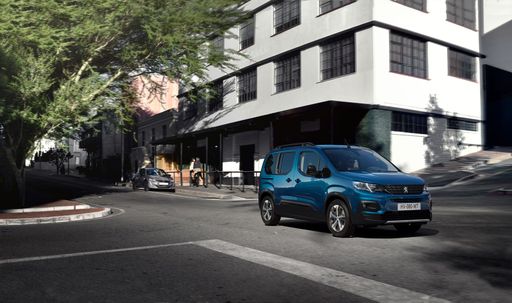 @ media.stellantis.com
@ media.stellantis.com
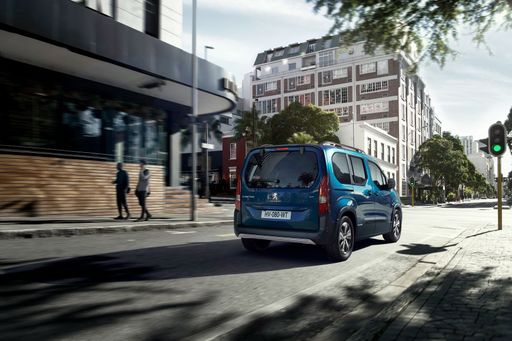 @ media.stellantis.com
@ media.stellantis.com
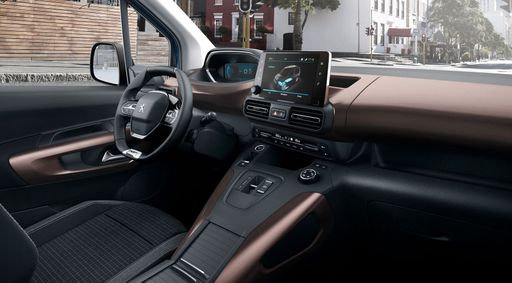 @ media.stellantis.com
@ media.stellantis.com

|

|
|
|
|
Costs and Consumption |
|
|---|---|
|
Price
23100 - 41600 £
|
Price
23800 - 36600 £
|
|
Consumption L/100km
4.6 - 7 L
|
Consumption L/100km
5.6 - 6 L
|
|
Consumption kWh/100km
14.6 - 16.8 kWh
|
Consumption kWh/100km
18.3 - 19.1 kWh
|
|
Electric Range
377 - 514 km
|
Electric Range
328 - 339 km
|
|
Battery Capacity
1.3 - 65.4 kWh
|
Battery Capacity
-
|
|
co2
0 - 163 g/km
|
co2
0 - 158 g/km
|
|
Fuel tank capacity
38 - 47 L
|
Fuel tank capacity
50 L
|
Dimensions and Body |
|
|---|---|
|
Body Type
SUV
|
Body Type
High Roof Estate
|
|
Seats
5
|
Seats
5 - 7
|
|
Doors
5
|
Doors
4 - 5
|
|
Curb weight
1370 - 1773 kg
|
Curb weight
1561 - 1941 kg
|
|
Trunk capacity
466 L
|
Trunk capacity
322 - 1050 L
|
|
Length
4350 - 4385 mm
|
Length
4405 - 4755 mm
|
|
Width
1825 mm
|
Width
1848 mm
|
|
Height
1580 - 1585 mm
|
Height
1818 - 1837 mm
|
|
Max trunk capacity
1300 L
|
Max trunk capacity
3000 - 3500 L
|
|
Payload
420 - 490 kg
|
Payload
489 - 814 kg
|
Engine and Performance |
|
|---|---|
|
Engine Type
Electric, Petrol, Full Hybrid
|
Engine Type
Electric, Diesel
|
|
Transmission
Automatic, Manuel
|
Transmission
Automatic, Manuel
|
|
Transmission Detail
Manual Gearbox, Dual-Clutch Automatic
|
Transmission Detail
Reduction Gearbox, Manual Gearbox, Automatic Gearbox
|
|
Drive Type
Front-Wheel Drive, All-Wheel Drive
|
Drive Type
Front-Wheel Drive
|
|
Power HP
115 - 218 HP
|
Power HP
102 - 136 HP
|
|
Acceleration 0-100km/h
7.8 - 11.9 s
|
Acceleration 0-100km/h
10.8 - 13.6 s
|
|
Max Speed
162 - 210 km/h
|
Max Speed
132 - 184 km/h
|
|
Torque
200 - 265 Nm
|
Torque
250 - 300 Nm
|
|
Number of Cylinders
3 - 4
|
Number of Cylinders
4
|
|
Power kW
85 - 160 kW
|
Power kW
75 - 100 kW
|
|
Engine capacity
998 - 1598 cm3
|
Engine capacity
1499 cm3
|
General |
|
|---|---|
|
Model Year
2024 - 2025
|
Model Year
2024
|
|
CO2 Efficiency Class
A, D, C, E, F
|
CO2 Efficiency Class
A, E, F
|
|
Brand
Hyundai
|
Brand
Peugeot
|
Is the Hyundai Kona offered with different drivetrains?
Available configurations include Front-Wheel Drive or All-Wheel Drive.
The prices and data displayed are estimates based on German list prices and may vary by country. This information is not legally binding.
